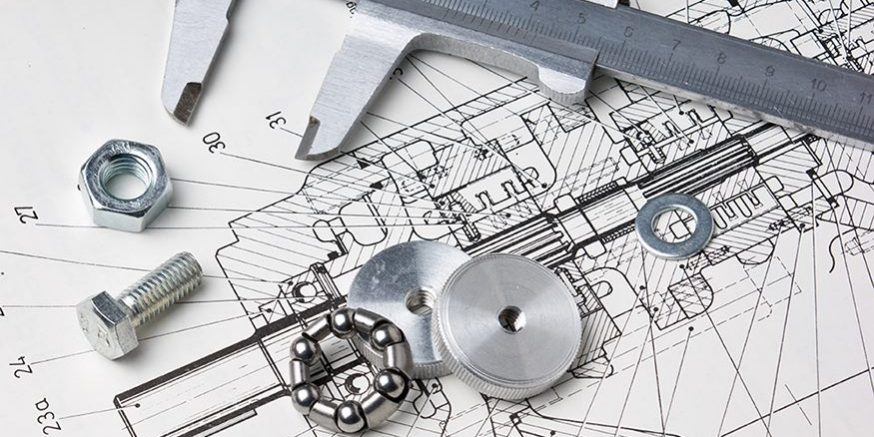Reading engineering drawings is a crucial skill for engineers, technicians, and other technical professionals. Here are the steps to understand and read engineering drawings:
- Identify the title block: The title block contains important information about the drawing, such as the name of the project, the drawing number, the date, and the names of the designer and the reviewer.
- Determine the scale: The scale of the drawing will be specified in the title block or on the drawing itself. This is important to understand the size and proportion of the components in the drawing.
- Identify the view: Engineering drawings typically show a single view of the object, such as a top, front, side, or isometric view. Some drawings may also have multiple views to show different aspects of the object.
- Understand the dimensions: Dimensions are critical in engineering drawings, as they provide the exact size and position of the components. There are several types of dimensions, including linear dimensions, radial dimensions, and diametrical dimensions.
- Identify the annotations: Annotations provide additional information about the object, such as material specifications, surface finishes, and tolerances.
- Study the symbols and conventions: Engineering drawings use a standardized set of symbols and conventions to represent different components, such as bolts, screws, and welds. It is important to understand these symbols to correctly interpret the drawing.
- Check for hidden lines: Hidden lines are used to show internal components or details that are not visible from the view shown in the drawing. They are represented by thin, dashed lines.
- Review the details and specifications: Engineering drawings provide detailed information about the design and specifications of the object, such as material thickness, tolerances, and finishes.
By following these steps, you can accurately read and understand engineering drawings, which is essential for manufacturing projects.

